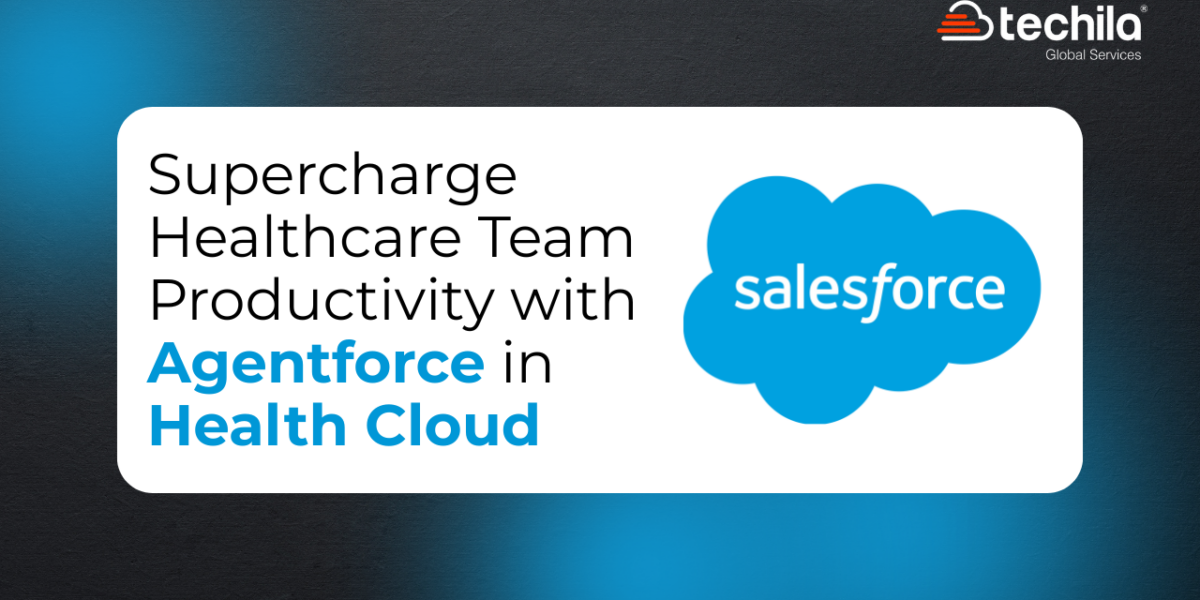The workbench Salesforce can be best understood by declaring it as the amazing tool for designing the interactive platforms for the Salesforce administrators including the developers who are responsible for building interaction with the Salesforce organization or force API is for the export or deletion of the database.
What is the meaning of workbench Salesforce?
The Salesforce workbench is also proclaimed as one of the highly efficient and adaptable Toolkits provided for the administrators and Developers so that they can administer the organization for any type of Editing or inserting in the existing records. The Salesforce workbench can be administered for performing the Salesforce object query language and the other associated Salesforce object search language for doing the data present inside the organization and performing the process of data loading and testing.
The workbench Salesforce is capable of handling the process of deployment including the troubleshooting of all the issues associated with the application for modifying the session settings accordingly.
What is the methodology of using workbench in Salesforce?
The developer workbench force.com or workbench. salesforce is the media website for utilizing the platform of workbench Salesforce.
Many steps need to be followed for accessing the workbench Salesforce account.
1. The first step is the detailing about the logging into the work works of salesforce along with entering the account credentials provided by salesforce.com. Also, we need to keep in mind that there should be a selection of the desired environment and the associated API conversions. Also, we need to tick mark the selected terms and conditions within the checkbox and after hitting the button the login process of Salesforce is successful.
2. The next process of logging in with a Salesforce account, explains the procedure of jumping to the menu where we are provided with numerous options such as apex class, approval, insert, workflow, delete, etc. The next step is to choose the specific task which is provided within the existing list for which we need to move to the top menu bar where we would see 5 dropdown items. For the selection of the information, we are provided with three sections out of which one is standard and custom objects which details the use of the object and the associated information concerning the object which gets displayed on the window screen.
Also, we need to keep in mind that there is another option known as metadata type associated with the metadata component such as approval, Apex class, workflow, and apex page. You will see the associated information is displayed on the Windows screen. The last option is the session information that displays the details associated with the session of the current user. It is also responsible for providing the details of the system administrator where you can terminate the session or cancel any type of session which is provided within the workbench Salesforce.
There is an existence of detail such as accessibility mode including the connection mode concerning the current user which gets displayed on the screen after you select the session information tab. You can also find the subsidiary details of the current use such as session seconds valid and the user information namely full name and the role ID.
3. The next step guide is about going back to step number 2 for the selection of the queries where we are provided with the two types of queries namely- SOSL Query and SOQL Query. In the current session known as query session, we can easily choose the numerous objects provided within the platform associated with the fields by applying the condition for the building of SOQL Query. In this process, we can easily display and observe the records provided within the matrix form or in the form of a list which can be later downloaded in the CSV format.
You can also make the acceleration of the data option where we are provided at the selection of the particular object for the performance of the operations like update, undo, insert or delete. Now it becomes easier for us to upload the records from the CSV files for the zipped folders. We can also observe the records being displayed on the screen by clicking on the menu known as view existing inside the Salesforce button and also we can get redirected to the Salesforce org.
The next process guides us about exploring the option of migration where we are retrieved with the package using the migration option. Which option is also helpful in utilizing the package.XML which is directly responsible for deploying inside the Salesforce organization.
The next step is moving on to the usages of utilities which contains a list of Apex execute, rest Explorer, and the password management option. We can also mention the utilization of the three types of utilities one by one. The rest Explorer is responsible for choosing the HTTP methods for performing the rest API services.
The Apex executive is responsible for the deletion or creation of the record existing within the Salesforce org. The Apex executive can also be utilized for the creation of the objects within the SOQL queries so that all the newly created objects which contain null values associated with the fields can easily be set after the process of creation gets accomplished.
Password management is one of the utilities that are responsible for setting and resetting the password provided by the Salesforce org.
Discussing their examples associated with the utilization of the rest of API resources
1. The first and foremost utility can be best understood by receiving the information about the organization with the help of the rest of the API resources for the retrieving process of the information at the organization level and making use of the list being provided for the different Salesforce objects.
2. The second example illustrates the way of working with the object metadata with the utilization of the resources for extracting the information embedded within the object metadata databases. It also has the utility of making changes with the object metadata information or one can create more than one subset within the metadata component.
3. Working with the records is another example of the utilization of the resources for updating or creating the records within the record-related databases along with the related operations which are responsible for managing the objects and the associated queries.
4. Another example is the deletion of The Lightning experience even series with the utilization of the HTTP delete method. This method is also helpful in removing more than one event which is recurring in the series and also you can manage the removal of a single event and the other events which are following the wrong event. We can also manage the specific event with the help of delete the lightning experience event series by managing the subsets provided within the entire event series.
5. Working with purchase and queries also takes the consideration of API resources for searching and questioning the records provided within the Salesforce object search language including the Salesforce object query language. The examples are unlimited because you also can insert and update The Blob data. We can utilize the object basic information and the other collections for updating or inserting The Blob data within the standardized objects. There is another option of uploading the files of any data type and one can also manage the multi-part message write date within the content type standard.
Merits Associated with the workbench Salesforce
1. One of the major advantages associated with the data management and the Salesforce workbench can be best understood by revealing the advantage of Editing the records within just a single click on the particular ID existing inside the query.
2. The workbench Salesforce is also responsible for uploading the zip file in the various formats which can be further updated or inserted with the binary files and it has also enhanced the process of working including the preparation of these zip files which are embedded with the binary files.
3. Salesforce workbench has also made the platform simpler for using the smart lookup tool for the process of updating or deleting the records which are provided within the standard ID lookup fields for the foreign lookup fields for finding the concerned Salesforce IDs.
4. Another advantage is associated with the easy data extraction reveals that we can easily remove the information after it has been identified with end-users such as recognizing the profiles and their roles. One can also easily extract the data associated with the permission sets without any Hustle and bustle.
Takeaways
Sofa in the digital peace We have observed advantages and methodologies for working with the workbench Salesforce using the workbench. Salesforce accessing website. Now it has become quite easier to extract the data and manage the data basis with the help of workbench Salesforce. By looking at the numerous aspects of workbench Salesforce, a workbench. Salesforce has provided to the greater extent of the efficient environment of salesforce which has made the procedures of working convenient and simpler.

 +1 561 220 0044
+1 561 220 0044 +61 255 646464
+61 255 646464 +91 909 080
3080
+91 909 080
3080

